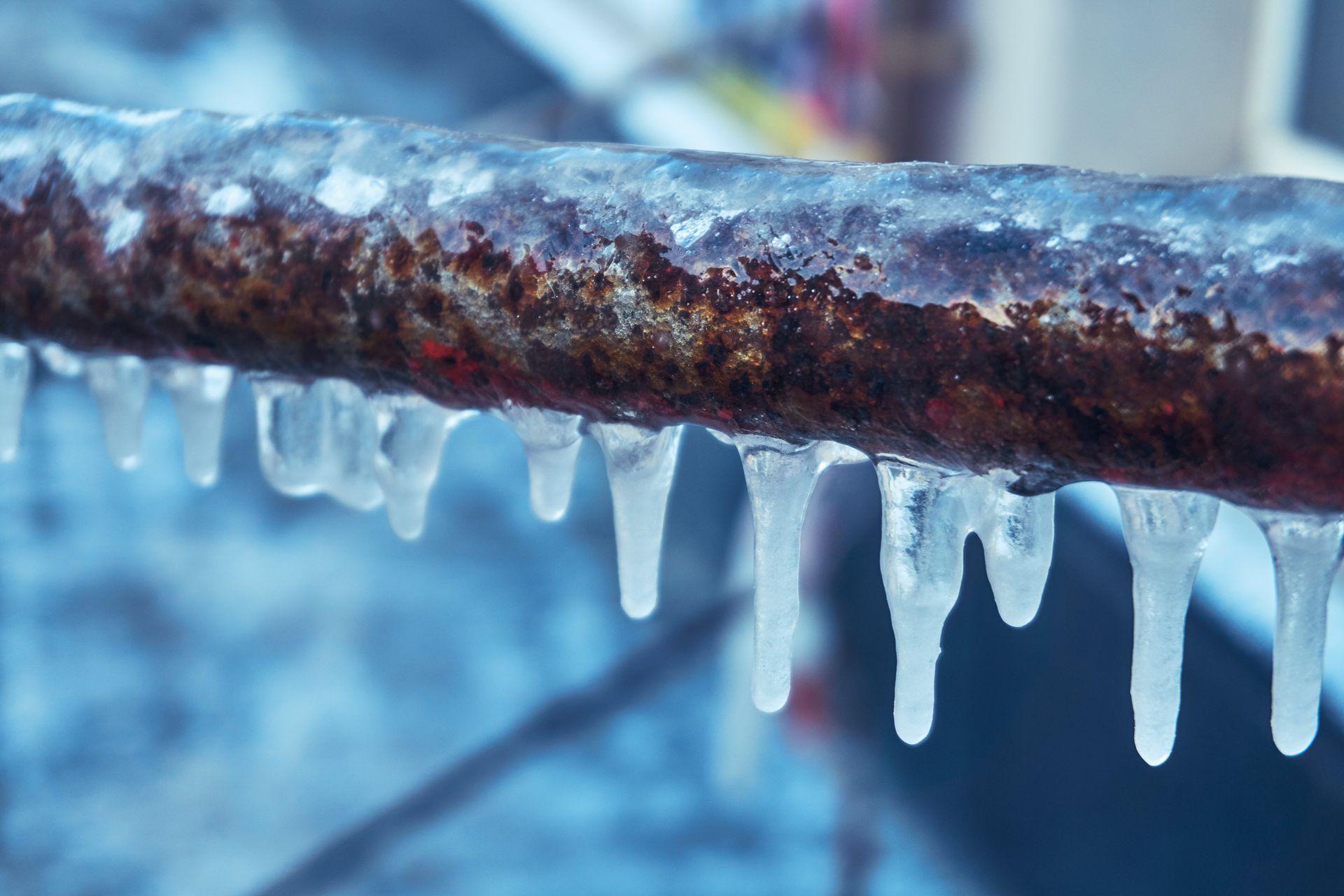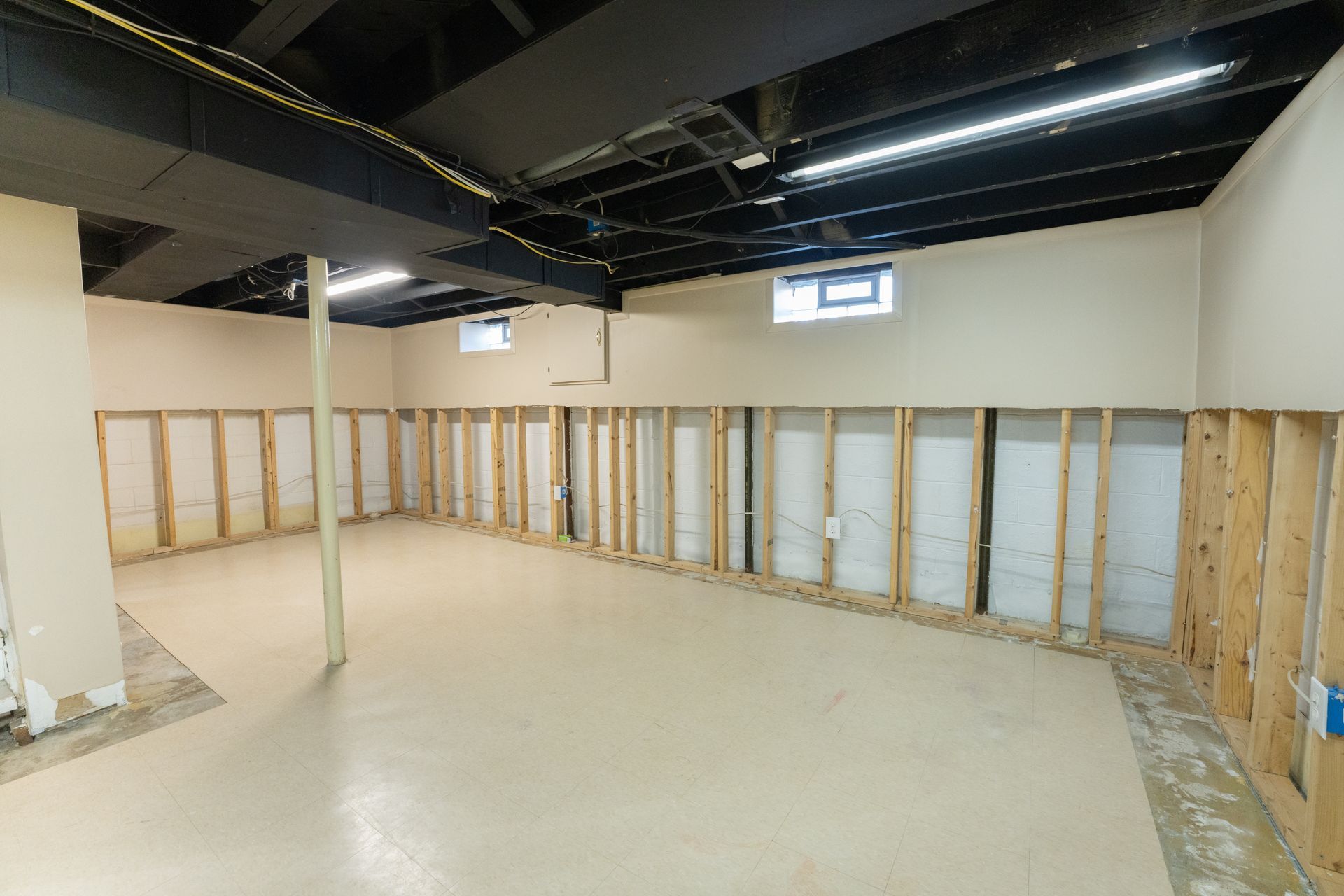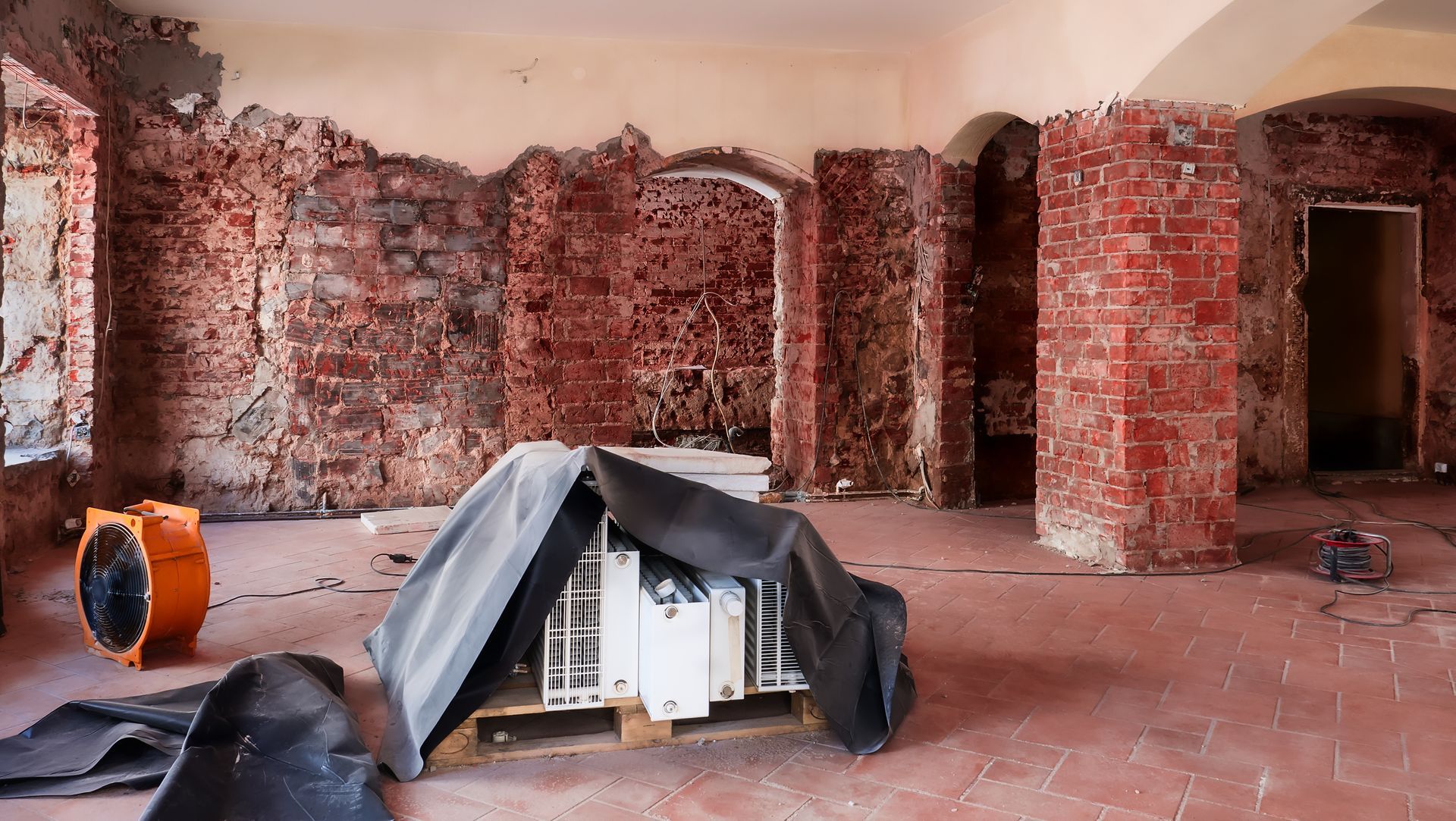Understanding Smoke Damage: Wet Smoke, Dry Smoke, and Protein Residue Smoke
Dealing with the aftermath of a fire can be an overwhelming and challenging experience. Besides the obvious damage from flames, smoke damage is a significant concern for homeowners and business owners. Smoke can leave behind different types of residue, each with its own set of challenges when it comes to cleaning and restoration. In this blog post, we'll break down the three primary types of smoke damage: wet smoke, dry smoke, and protein residue smoke, so you can better understand the unique characteristics of each and how to address them.
Wet Smoke Damage
Wet Smoke damage occurs when a fire burns slowly at a low temperature. It typically produces thick, sticky, and pungent smoke that has a unique set of challenges for cleanup and restoration. Key characteristics of wet smoke damage include:
- Residue: Wet smoke leaves behind a sticky, smeary residue that can be challenging to clean. It often has a yellowish or brownish color and a strong, unpleasant odor.
- Surface Affinity: Wet smoke tends to adhere to surfaces and can penetrate porous materials deeply.
- Odor: The strong, lingering odor of wet smoke can be difficult to eliminate.
Due to the adhesive nature of wet smoke residue, specialized cleaning techniques and professional restoration services are often necessary to effectively remove it from affected areas.
Dry Smoke Damage
Dry Smoke damage results from fires that burn quickly at high temperatures, consuming materials rapidly. It produces a fine, powdery residue that can seem less damaging at first glance but poses its own set of challenges. Key characteristics of dry smoke damage include:
- Residue: Dry smoke residue is fine and powdery, often appearing gray or black. It can easily smear and become embedded in surfaces.
- Surface Affinity: Dry smoke can affect a wide range of surfaces and materials but is less likely to penetrate deeply compared to wet smoke.
- Odor: While dry smoke residue may not be as pungent as wet smoke, it can still produce a noticeable, lingering odor.
Cleaning and restoration of dry smoke-damaged areas typically involve dry cleaning techniques, HEPA vacuuming, and specialized cleaning agents designed to remove the fine, powdery residue effectively.
Protein Residue Smoke Damage
Protein Residue Smoke damage occurs when proteins found in food, meat, or other organic materials are burned. It often results in nearly invisible but highly pungent residue. Key characteristics of protein residue smoke damage include:
- Residue: Protein residue is nearly invisible and can be challenging to detect. It often leaves behind a yellow or amber-colored film that may not be immediately visible.
- Surface Affinity: This type of smoke residue tends to cling to surfaces and can be difficult to remove without proper cleaning methods.
- Odor: Protein residue smoke often produces a strong, lingering odor that can be difficult to eliminate.
Effective removal of protein residue smoke often requires specialized cleaning solutions and techniques designed to break down and remove the invisible film and combat the associated odor.
Professional Restoration for Smoke Damage
Understanding the different types of smoke damage is crucial for effective cleanup and restoration after a fire. Each type presents unique challenges, from sticky, adhesive residue to fine, powdery deposits and nearly invisible films. In many cases, it is advisable to seek professional assistance from restoration experts who have the knowledge and experience to assess the damage accurately and employ the appropriate techniques and products to restore your property to its pre-fire condition. Remember, prompt and thorough smoke damage restoration is essential for ensuring the safety and comfort of your home or business.
At Guarantee Restoration, our teams of licensed experts work closely with clients across the Gulf South to erradicate the lingering effects of fire and smoke damage and fully restore their properties to their original condition. With specialized training, decades of experience, and state-of-the-art equipment, we ensure that no stone is left unturned in the process of returning your property to a space that is beautiful, safe, and functional.






